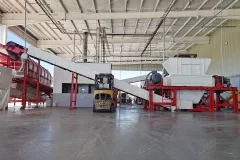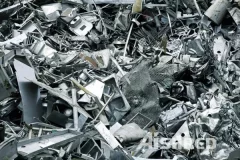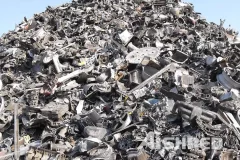
Large Scale Aluminium Recycling Plant
2023-11-16A large-scale aluminum recycling plant involves advanced processes and equipment to efficiently recycle significant volumes of aluminum scrap. Here's an overview of the key components and processes typically found in such facilities:Collection and Sorting:Material Procurement: Collect aluminum scrap from various sources, including manufacturing waste, post-consumer products, construction materials, and automotive parts.Automated Sorting Systems: Employ advanced sorting technologies such as electromagnetic separators, eddy current separators, and optical sorting machines to segregate different aluminum alloys, forms, and contaminants.Shredding and Processing:Shredding and Shearing: Utilize heavy-duty shredders, shears, or granulators to process large aluminum items into smaller fragments or chips, optimizing for melting efficiency.A large-scale aluminum recycling plant integrates advanced technologies and processes to handle substantial volumes of aluminum scrap, contributing significantly to resource


Aluminium Scrap Recycling Process
2022-08-21Aluminum is one of the metals with the highest recovery rate and the largest demand in the world. The energy used for recycling waste aluminum is only 5% of the new aluminum from its ore bauxite, which is a very cost-effective and environmentally friendly business. Moreover, aluminum is infinitely recyclable, which means that it can be recycled repeatedly without losing the corresponding quality. Aluminum and aluminum alloy products are widely used in our daily life, such as cans, doors and windows, electronic products, building templates, automobiles, etc. In recent years, the demand for aluminum in the world has gradually increased, and the price of aluminum has also experienced several rounds of increase. It has become an urgent task to improve the recovery of aluminum. So, what are the waste aluminum recovery processes and what equipment are needed? Let AIShred give you a brief introduction. Aluminium Scrap Recycling ProcessThe recycling of aluminum scrap is not a complicated process. It is a mature



